ALPHA-g is first to observe antihydrogen in freefall.
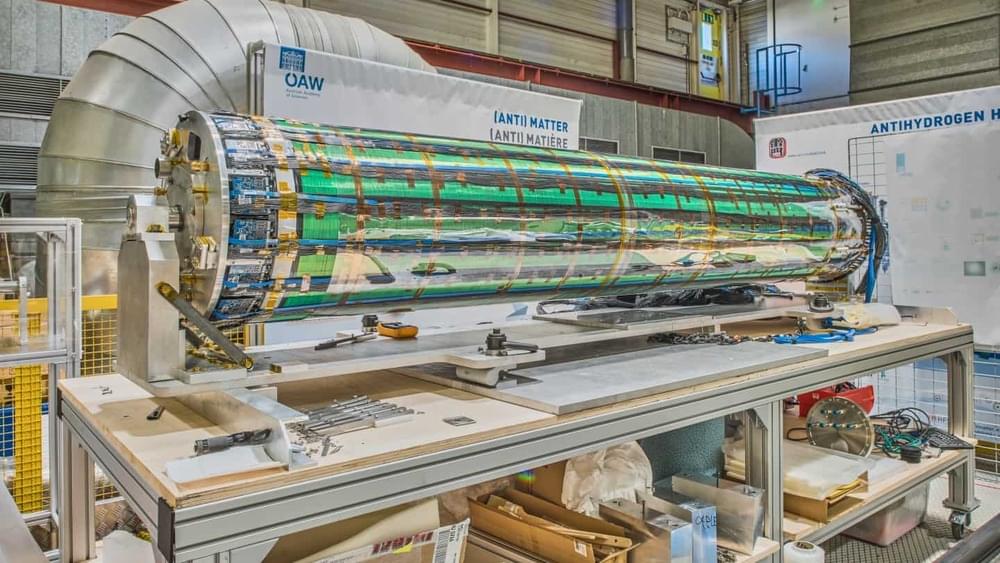


Scientists have captured the fleeting moment when a heart starts beating, a feat made all the more remarkable when you consider the relative brevity of a zebrafish’s life.
In a tight window about 20 hours into zebrafish development, the embryos’ developing hearts jumped into action, emerging as one from an ensemble of single cells.
“It was like somebody had flipped on a switch,” says Harvard University biophysicist Adam Cohen, senior author of the new study, which imaged zebrafish embryos snug in custom-made agarose molds to capture this once-in-a-lifetime event.
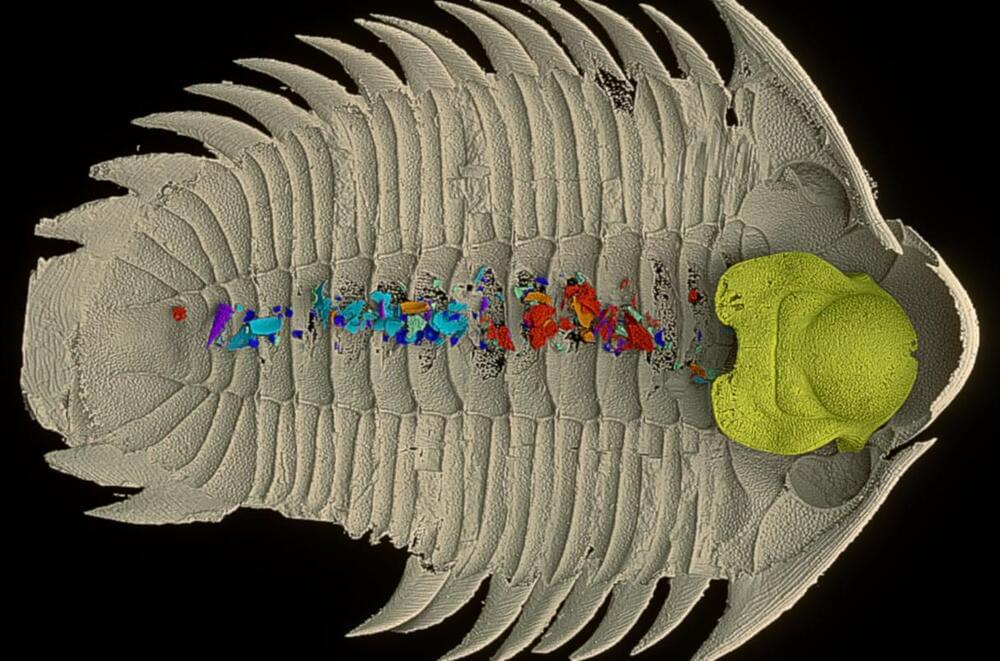
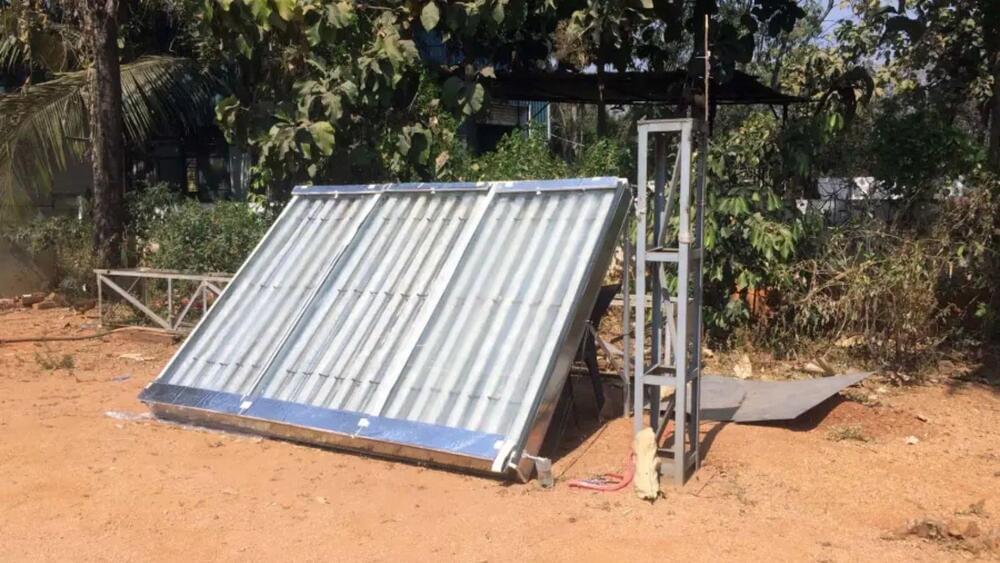
Believe it or not, air contains as much water as six times the world’s rivers combined.
This is mostly in the form of water vapor, and it actually replenishes naturally every 8 to 10 days — give or take. This offers a valuable potential reservoir of freshwater that could be tapped relatively easily.
All we need is the right kind of technology.


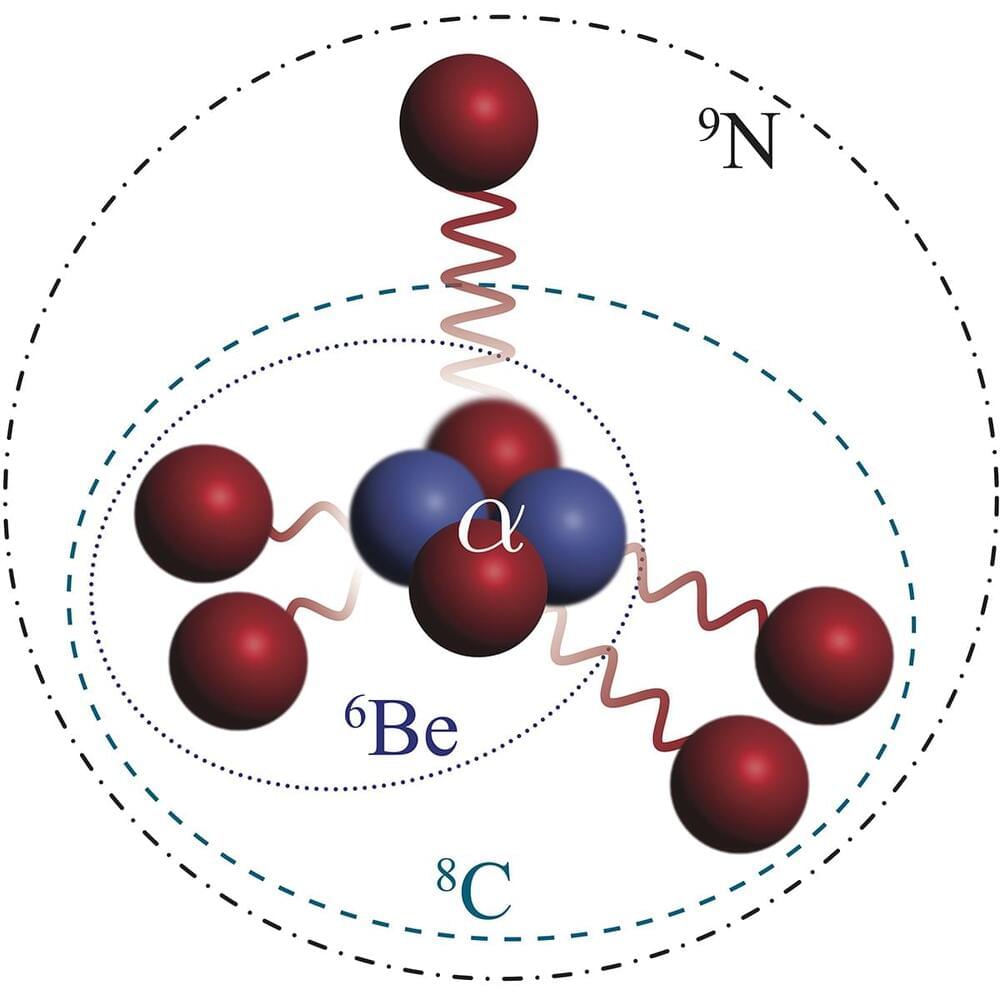
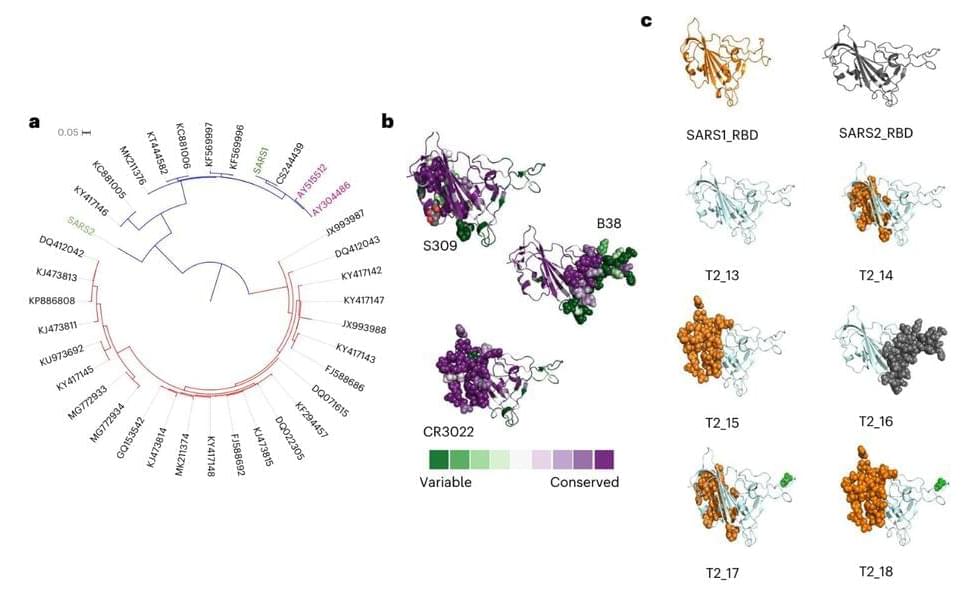
Studies of a “future-proof” vaccine candidate have shown that just one antigen can be modified to provide a broadly protective immune response in animals. The studies suggest that a single vaccine with combinations of these antigens—a substance that causes the immune system to produce antibodies against it—could protect against an even greater range of current and future coronaviruses.
The vaccine antigen technology, developed by the University of Cambridge and spin-out DIOSynVax in early 2020, provided protection against all known variants of SARS-CoV-2—the virus that causes COVID-19—as well as other major coronaviruses, including those that caused the first SARS epidemic in 2002.
The studies in mice, rabbits and guinea pigs—an important step before beginning human clinical trials, currently underway in Southampton and Cambridge—found that the vaccine candidate provided a strong immune response against a range of coronaviruses by targeting the parts of the virus that are required for replication. The vaccine candidate is based on a single digitally designed and immune optimized antigen.
